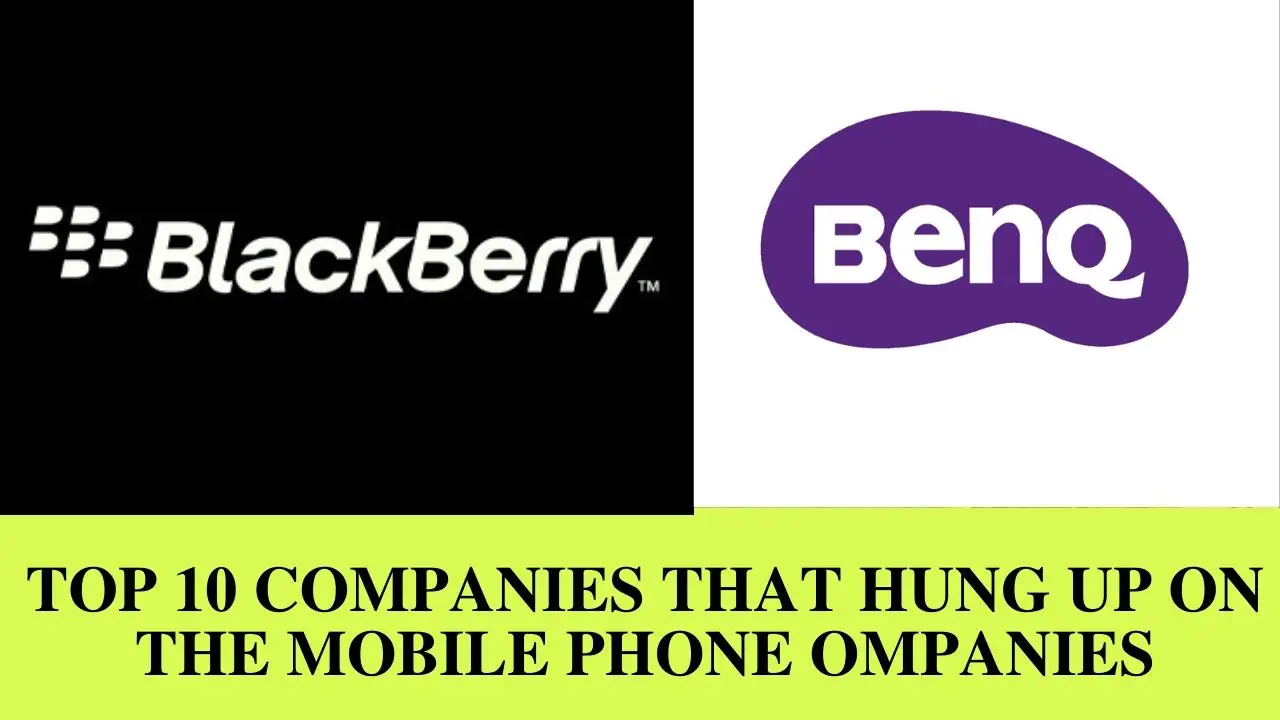Many manufacturers who were previously important players in the mobile phone market have either reduced their operations to cut losses or quit the sector entirely as technology develops and competition heats up. Some businesses choose to concentrate on their core industries, while others shifted their attention to future markets like linked gadgets and electric vehicles. The National examines 10 multinational corporations that previously dominated the phone sector before progressively deciding to leave it.
1. Blackberry
Nearly 16 years after releasing the Blackberry 957, the company’s first phone, Blackberry, based in Ontario, ceased production of phones in 2016. It turned its attention to software and licenced the name and rights to Chinese manufacturer TCL. Sales of the company, which was well-known among fans of the Qwerty keyboard, fell as more people opted for touchscreen phones made by Apple, Huawei, and Samsung.

2. Nokia
In 2013, the Finnish company Nokia sold its smartphone division to Microsoft, which the American tech giant kept running under the Lumia name. Nokia, however, repurchased the company in 2016 before giving management to HMD of Finland. Nokia has granted HMD a 10-year exclusive licence to operate its smartphone business. It is in charge of Nokia device design, research and development, production, sales, and after-sale service.

3. LG
In order to concentrate on emerging technologies like electric vehicles, connected and smart homes, robotics, artificial intelligence, and business-to-business equipment, South Korean company LG Electronics, which unveiled its first phone in 2006, said it will wind down its loss-making mobile phone business in July.

4. Siemens
With the introduction of the Siemens Mobiltelefon C1, Siemens Mobile joined the market in 1985. The corporation began losing market share to Nokia, Motorola, and Ericsson after years of supremacy. Its global market share decreased from approximately 10% in 2000 to only 5.5% in 2005 as competition increased. Due to declining revenues, the Munich-based company sold its mobile division to BenQ, a producer of electronics, in 2005. In November 2005, the final batch of mobile phones bearing the Siemens name entered the market.

5. BenQ
With the introduction of the Siemens Mobiltelefon C1, Siemens Mobile joined the market in 1985. The corporation began losing market share to Nokia, Motorola, and Ericsson after years of supremacy. Its global market share decreased from approximately 10% in 2000 to only 5.5% in 2005 as competition increased. Due to declining revenues, the Munich-based company sold its mobile division to BenQ, a producer of electronics, in 2005. In November 2005, the final batch of mobile phones bearing the Siemens name entered the market.
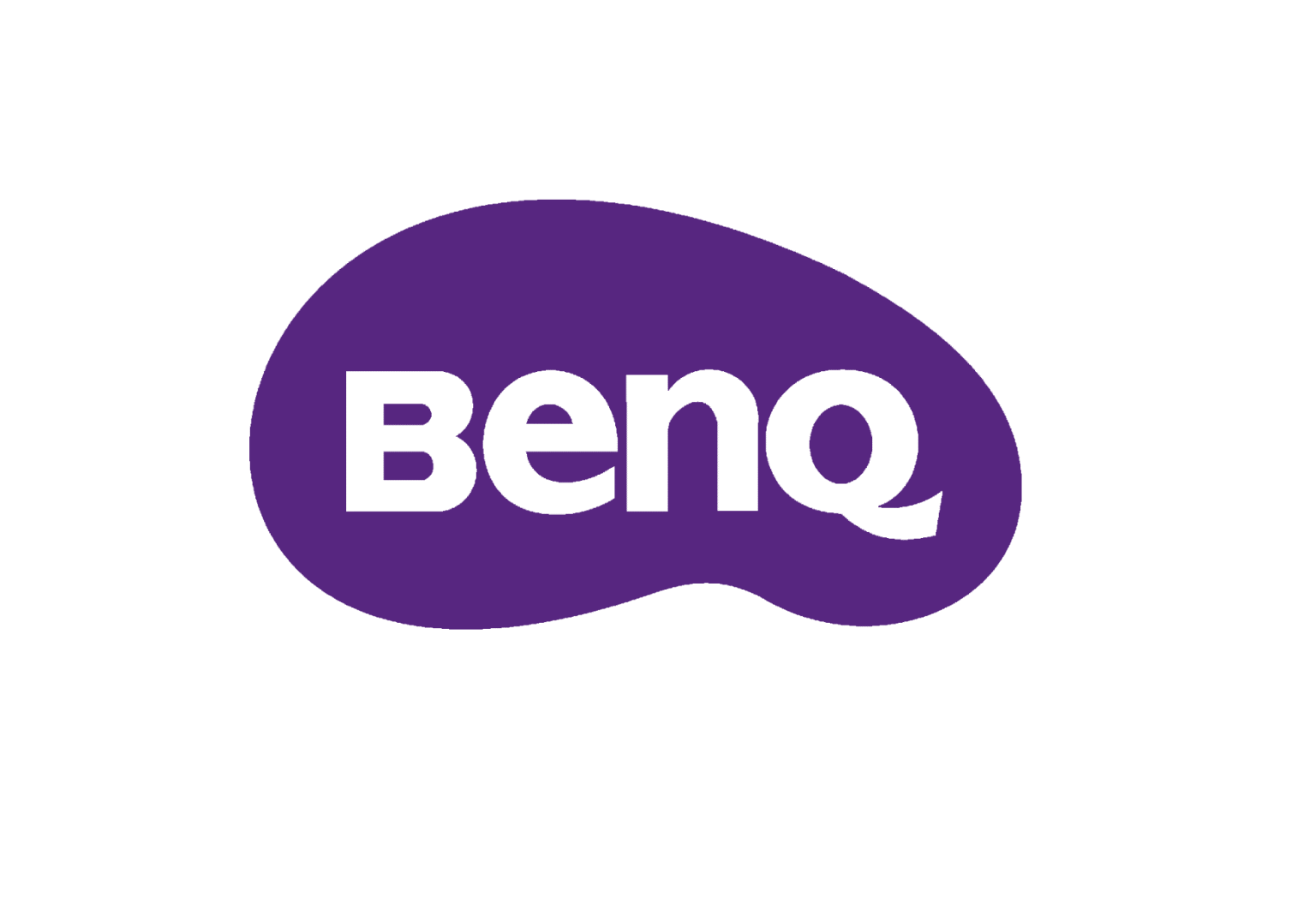
6. Ericsson
With operations in various locations around Sweden and the US, Ericsson Mobile was a division of the Stockholm-based company Ericsson. It was the third-largest mobile phone seller in 2000, behind Nokia and Motorola, with an 11% market share. It started to experience losses as a result of supply chain issues and a fire at a Philips factory in 2000, which delayed the introduction of the company’s new products. In order to reduce losses and balance its supply chain, Ericsson partnered with Sony in 2001.
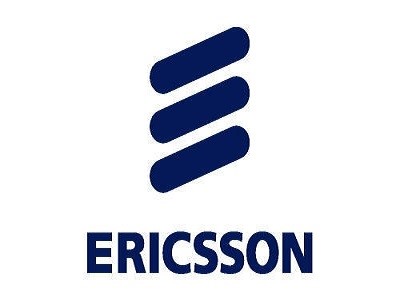
7. Sagem
Paris-based Between 1995 and 2000, Sagem produced low-cost phones. In 2009, they released the well-known Porsche-designed products to the market. After changing its name to MobiWire in 2011, the company filed for bankruptcy a short time later. Instead of continuing to make phones, it switched to creating and producing gadgets.

8. Motorola
After Nokia, Motorola had the second-highest sales of any phone manufacturer in 2000. By 2005, it had sold more than 130 million Razr models. However, the business saw its market share eroded by up-and-coming producers like Apple, Samsung, and LG. From 23% in 2006, its market share decreased to 6% in 2009. For $975 million, Nokia acquired Motorola’s wireless network infrastructure assets in 2011. A year later, it sold them to Google for $12.5 billion. Then, the Alphabet-owned business sold them to Lenovo for over $3 billion.
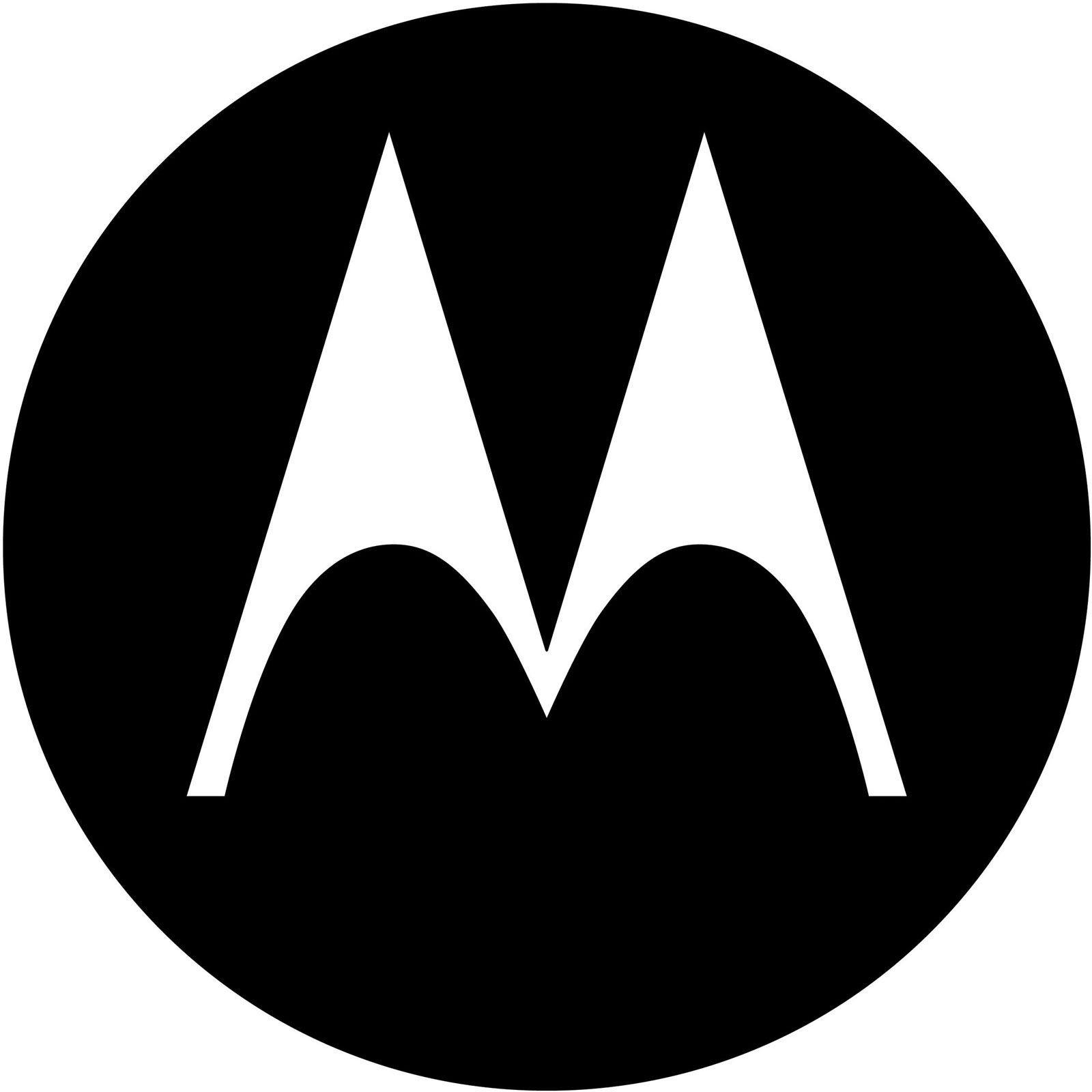
9. Gionee
Gionee, a Shenzhen-based electronics manufacturer, has over 5% of the market share in China in 2012, the country with the largest smartphone market in the world. It started out by selling phones in several regions of Asia and North Africa. After declaring bankruptcy in 2018, the Jaina group in New Delhi, which manufactures Karbonn mobiles for those with little means, bought it.
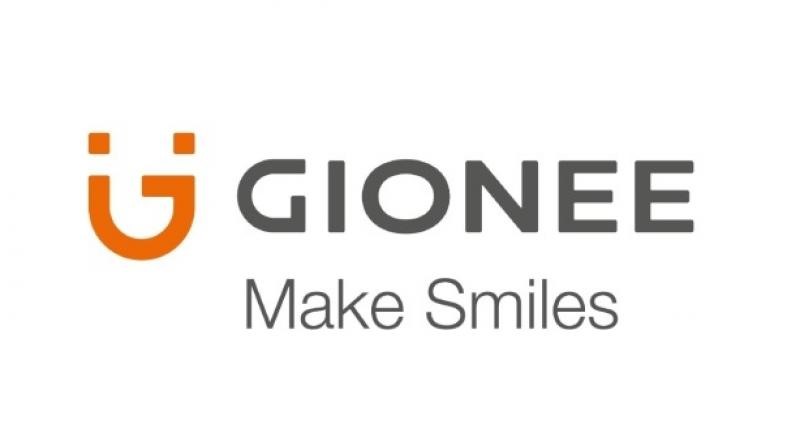
10. Microsoft
Nokia originally created and distributed Microsoft Lumia phones, which were released in 2011. They operated on Microsoft’s own, less well-liked Windows Phone and Windows 10 Mobile operating systems. Due to declining sales, the business discontinued producing Lumia phones. The Lumia 650, the company’s final smartphone, was introduced in February 2016. Microsoft formally announced in 2017 that it would stop selling and producing new Windows 10 Mobile devices.



